A tomb that dates back some 2,200 years ago was uncovered inadvertently in Southwest China's Chongqing municipality last year, amazing archaeologists with its extremely well-preserved state and some unique relics that have never been seen before.
The archaeologists announced the discoveries during a seminar last month at the Guankou No 1 Tomb of the Western Han Dynasty (206 BC-AD 24), saying that it was the earliest tomb nationwide that can be precisely dated (193 BC) after the dynasty was established.
Huang Wei, leader of the excavation team from the Chongqing Cultural Relics and Archaeology Research Institute, told Xinhua News Agency that the discovery of the tomb was somewhat of an accident.
"We were hoping to find tombs from the Eastern Han Dynasty (25-220) based on fragmented stone building blocks found in this area in the past," Huang said, adding that the discovery of a Western Han Dynasty tomb wasn't expected.
He said that the archaeological investigation that began in March last year was a routine procedure ahead of the construction of an upcoming hydropower project on the Wujiang River.
Several tombs were discovered in the following months in the investigated area, including the Guankou No 1 tomb. When excavators removed the cover of the outer coffin, they found that the tomb was filled with clear water — a rare situation and a first in Chongqing, experts said.
"A clear-water tomb is formed after groundwater seeps through and is filtered by a special type of dirt that was used to seal the tomb, with leftover mud and sand sinking to the bottom of the coffin," Tang Xuefeng, director of Jingmen Museum in Hubei province, explained during a program on China Central Television.
A tomb submerged in clear water often indicates that relics inside are well-preserved, as the water could help keep air out and protect the relics from erosion.
After pumping out the water, experts found a wooden slip that recorded the precise date of the tomb being sealed, which translates to 193 BC, making it the earliest tomb found after the establishment of the Western Han Dynasty.
Some 600 relics were found in the tomb, and most are relatively intact, experts said, adding that some have not been seen elsewhere.
For example, a whole set of wooden slips indicating time were uncovered, experts said, saying that it was the nation's first such discovery. In the set of 23 slips, one read "today"; the other 22 each featured a character from the Tiangan-Dizhi system, the ancient Chinese way of recording date and time.
In addition, paintings were found on two sides of the inner coffin. The slips in the tomb meant that the paintings were also the earliest in the nation that can be precisely dated.
Other attention-grabbing items included a specially ornamented sword sheath, a 2-meter-long spear, a 1.2-meter-long bow, a game board and residue from grain and fruits such as chestnuts, which archaeologists believed was a favorite when the tomb owner was alive. They added that there were some items that needed to be unpacked and further studied.
The relics showed characteristics of integration among various cultures as the Western Han Dynasty was gaining a foothold and expanding its influence nationwide, experts said.
Archaeologists deduced that with such a large number of buried objects, the owner must have been someone with an eminent status.
Through wooden chips dubbed gaodishu — "a letter to the underworld" — that serve as a "reference letter" believed to help the deceased better migrate to the underworld, experts said the tomb owner was likely a high-ranking official in charge of supervising other officials.
"The words 'yushichang' were clearly written in the reference letter," excavation team leader Huang told Shangyou News a week after the seminar, citing the latest finding. "We deduced that yushi may refer to the position he served, while chang may be his name."
Established during the Qin Dynasty (221-206 BC) and maintained for centuries, yushi was a position set to supervise other high-ranking officials.
"We look forward to finding a personal seal or other texts to validate that theory," Huang said, adding that the team will also seek advice from other senior experts and on-site workers to determine a plan for further excavation and research.









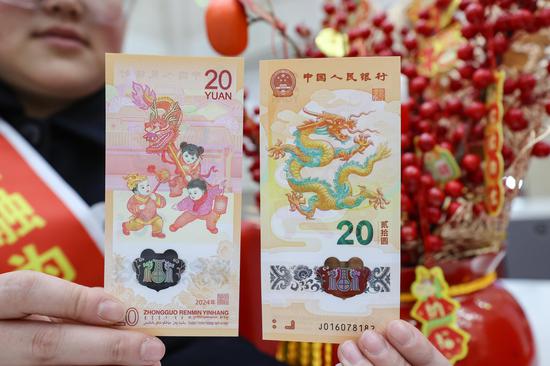
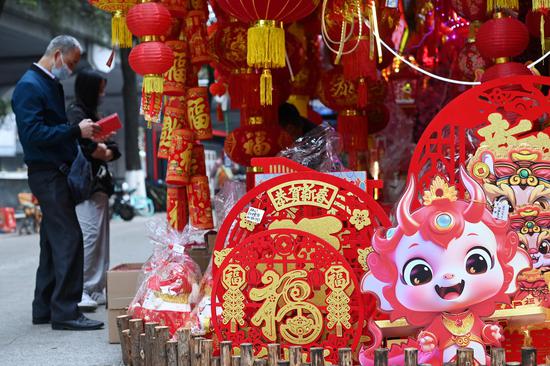
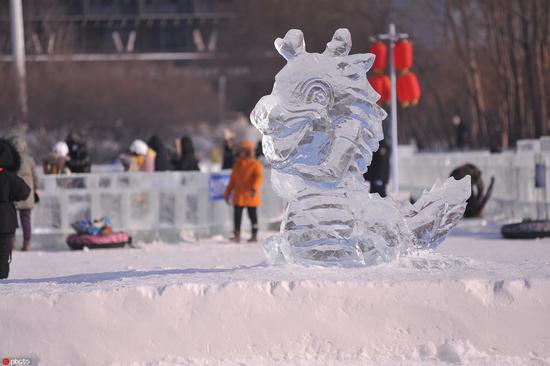
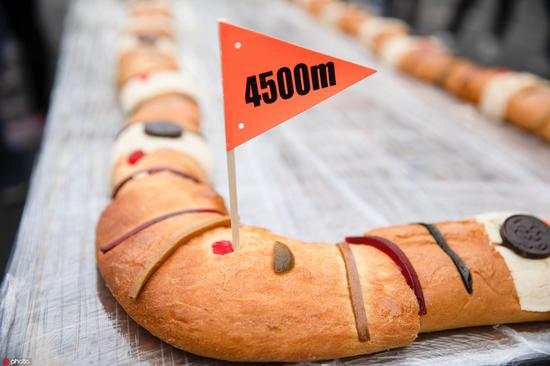
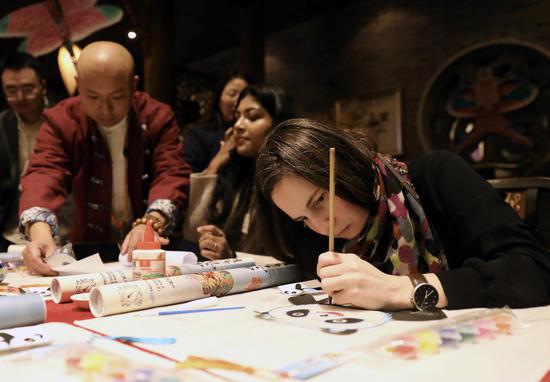


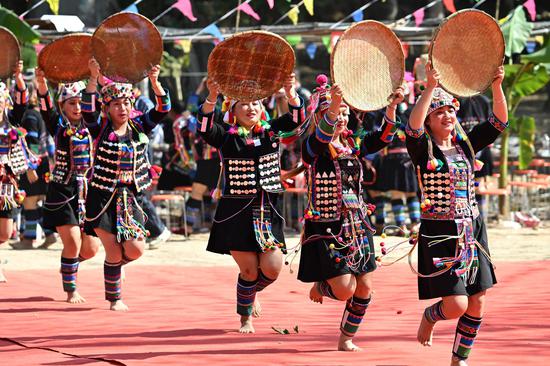




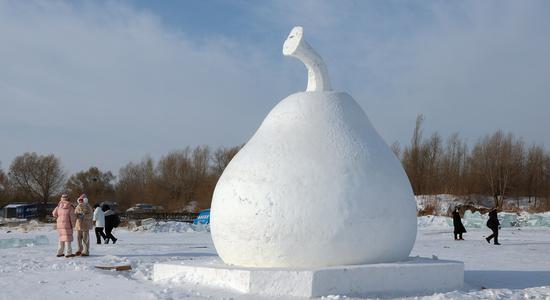



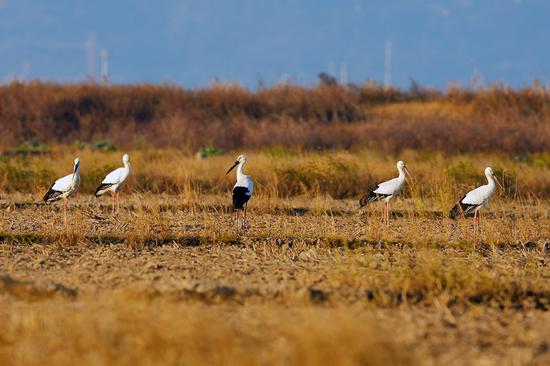

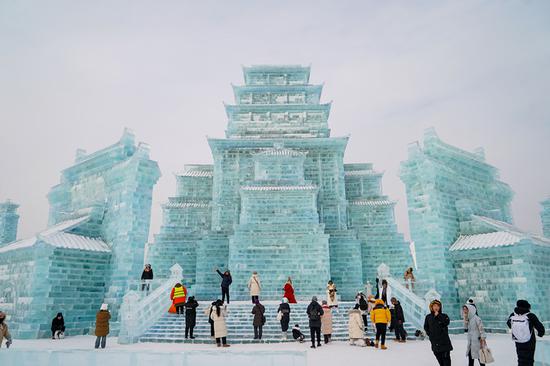



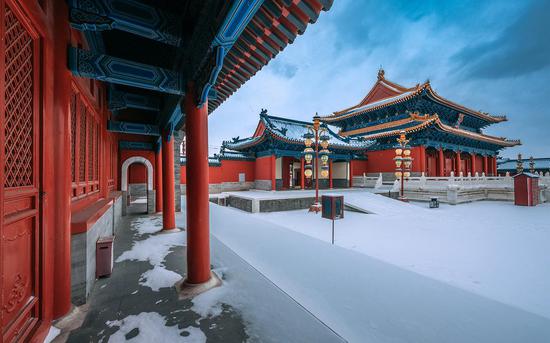


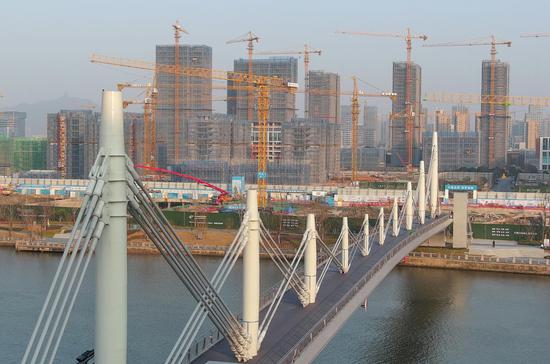

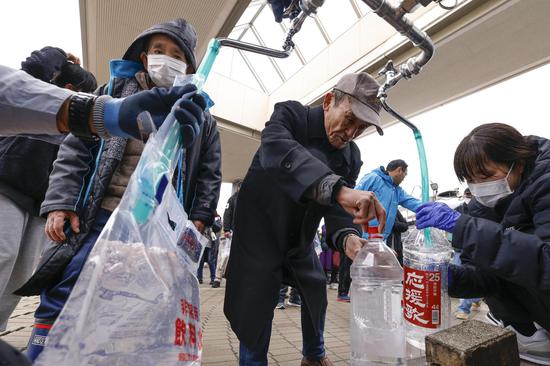
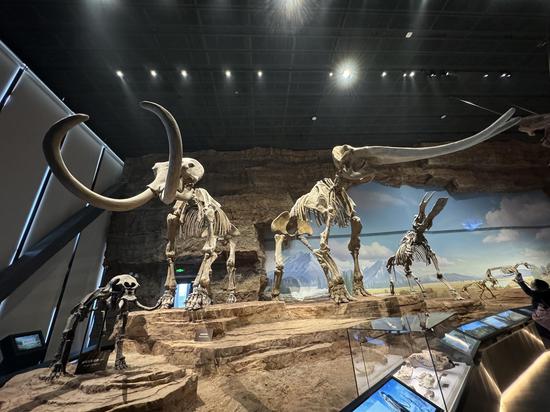






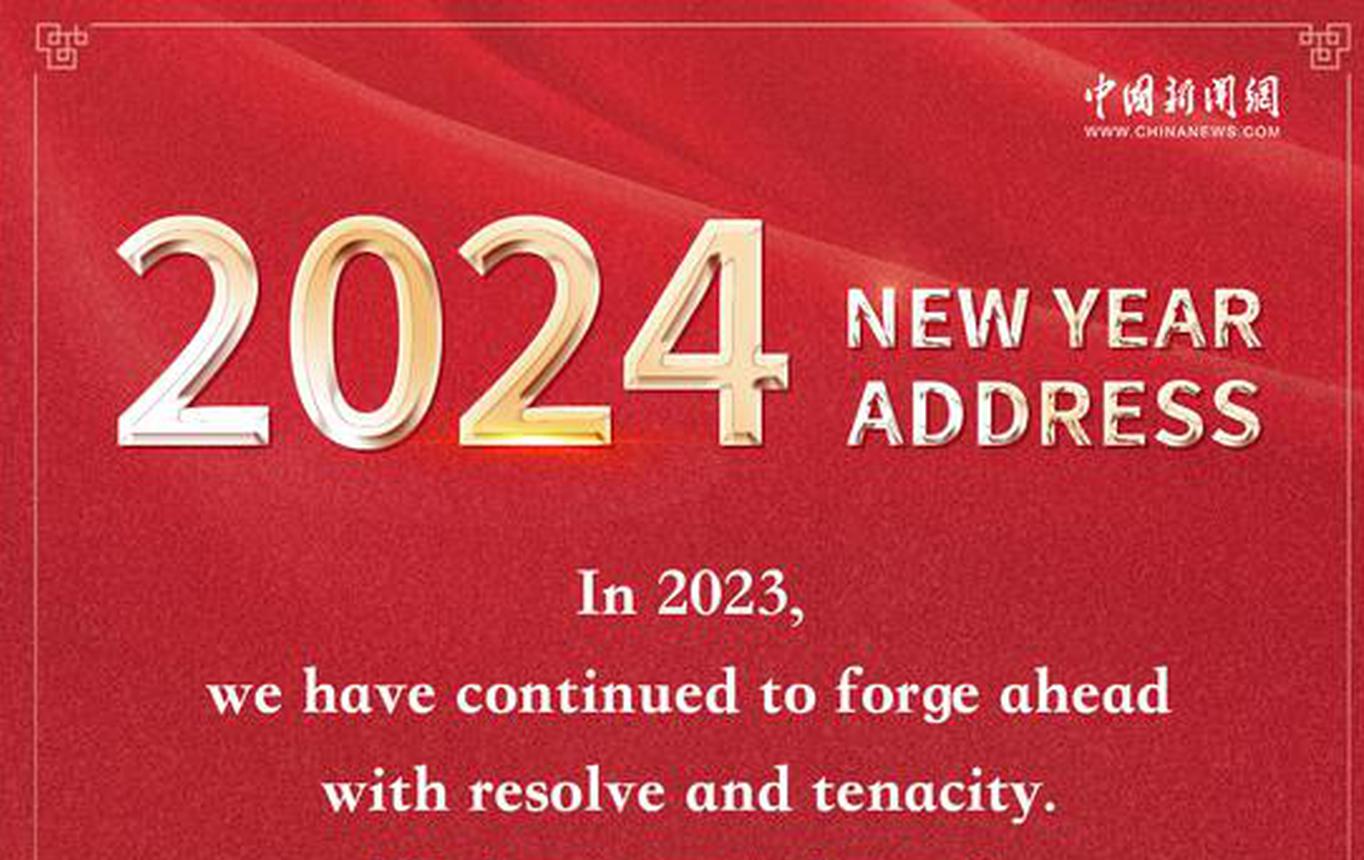

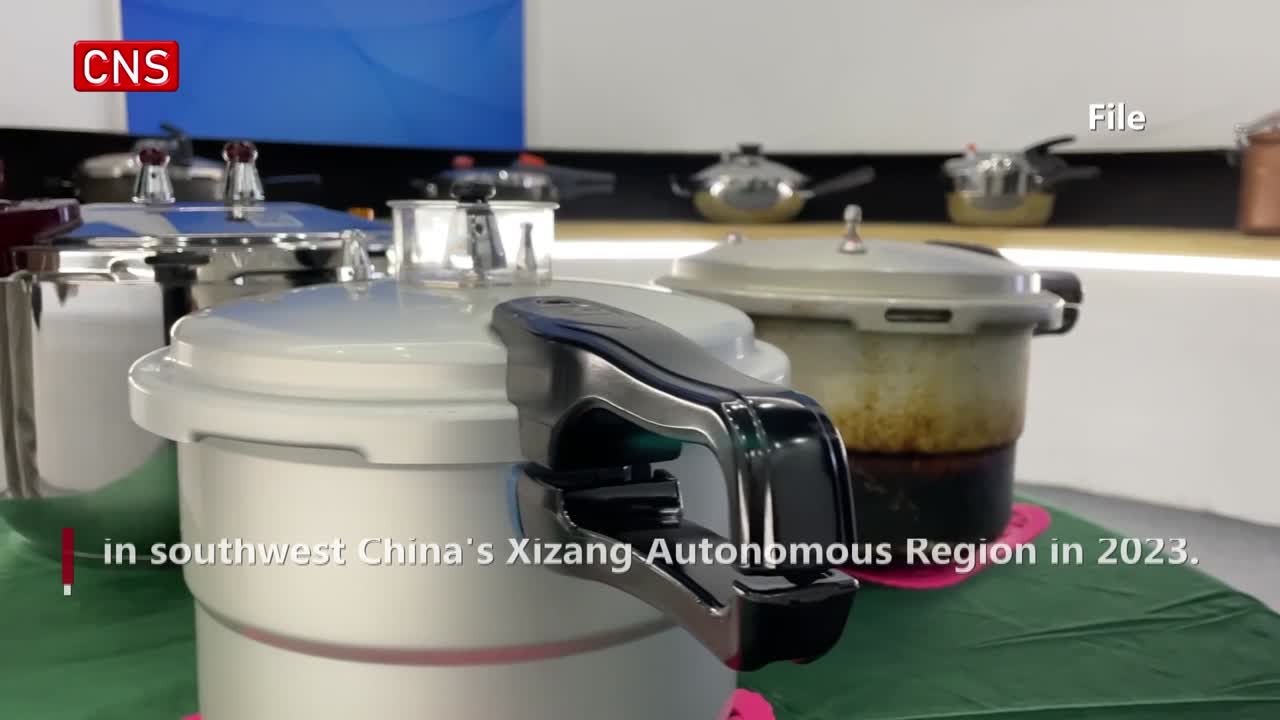

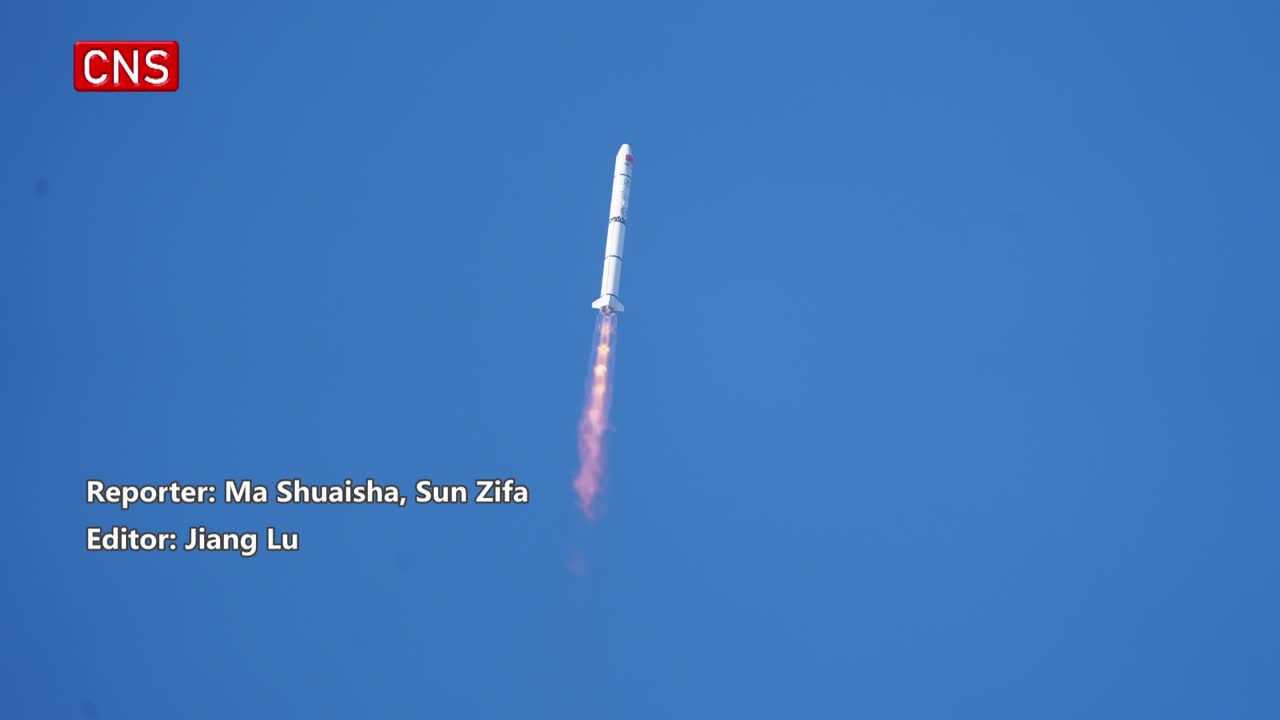

 京公网安备 11010202009201号
京公网安备 11010202009201号